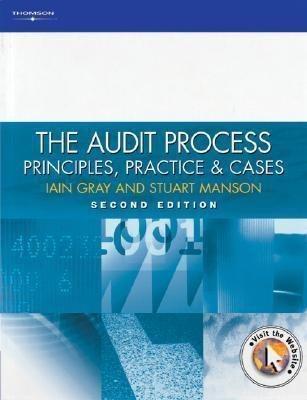Question
The company has an exclusive right to sell LunaGlows and sales have been brisk. The Master Budget will be for the next three months starting
The company has an exclusive right to sell LunaGlows and sales have been brisk. The Master Budget will be for the next three months starting April 1. The following information is available related to the budget. The company needs to maintain a minimum cash balance at the end of every month in the amount of $15,000. The Glows are forecasted to sell at $41 each. Recent actual and projected sales (in units) are as follows Actual Projected Projected Jan 64,000 Apr 112,000 Jul 128,000 Feb 77,000 May 144,000 Aug 115,000 Mar 90,000 Jun 192,000 Sep 102,000 In order to meet the product demand, the company has established a policy requiring that ending inventory for each month must be equal to 90% of the units expected to sold in the next month. The cost to purchase each unit of product is $25. Purchases are typically paid for as follows: 50% paid in the month of purchase, and the remaining 50% paid in the month after purchase. All sales are on credit, with no discount, and payable within 15 days. The company's collections on account usually are 25% in the month of sale, 50% in the month immediately after the sale, and 25% in the second month after sale. The company has a very rigorous credit policy and there are virtually no bad debts. The company's operating expenses are shown below: Variable: Sales Commissions $4 per unit Fixed: Wages $49,000 Utilities 1,700 Insurance expired 1,600 Depreciation 2,100 Miscellaneous 2,700 All operating expenses are paid during the month, in cash, with the exception of depreciation and insurance expired. New fixed assets will be purchased during May for $30,000. The company declares dividends of $16,000 each quarter, payable in the first month of the following quarter.
Page 1
Le, Le Co.'s Balance Sheet at March 31 is as follows. ASSETS Cash $16,000 Accounts receivable* 3,556,750 Inventory (100800 units)** 2,520,000 Unexpired insurance 19,200 Fixed assets (net of depreciation) 193,600 Total Assets $6,305,550 LIABILITIES AND EQUITY Accounts payable (purchases) $1,372,500 Dividends payable 16,000 Capital stock, (no par) 400,000 Retained Earnings 4,517,050 Total Liabilities & Equity $6,305,550 *Accounts receivable consists of $789,250 from February sales and $2,767,500 from March Sales. Use these numbers for both scenarios. ** Use this same March ending inventory number for both scenarios. The company has a good relationship with its bank and can borrow money at a 10% annual rate at any time and in any amount. All borrowing and repayments must be made at the end of the month. When the company is ready to make a payment, all unpaid interest must be paid first. After the unpaid interest is paid, then principal can be repaid as long as the minimum cash balance is maintained.
Page 2
Le, Le Co. Required: You will complete all tasks listed below for the original facts above...this will be Scenario 1. Then you will repeat the entire process for Scenario 2. This second scenario will show what would happen if there was an increase of 20% (twenty percent) in the number of units sold. This is essentially a flexible budget. SCENARIO 1 Prepare a Master Budget for the three month period ending June 30th. Include the following detailed budgets: 1. a. A sales budget by month and in total. b. A schedule of budgeted cash collections from sales and accounts receivable by month and in total. c. A purchases budget in units and dollars by month and in total. d. A schedule of budgeted cash payments for purchases by month and in total. 2. A cash budget by month and in total. 3. A budgeted income statement for the three-month period ending June 30. Use the contribution margin approach. 4. A budgeted balance sheet as of June 30. 5. Calculate the Contribution Margin and Break-Even amounts (for the three month period) based on your assumptions about variable and fixed costs. SCENARIO 2 Repeat all the steps (1-5) shown above assuming that the number of units expected to be sold increase by 20%. The months January to March have already occurred so those will be the same for both Scenarios. Please pay attention to the information above when it says: *Accounts receivable consists of $789,250 from February sales and $2,767,500 from March Sales. Use these numbers for both scenarios. ** Use this same March ending inventory number for both scenarios. Budgeted Ending Inventory for June is based on July sales. Therefore you will need to increase the expected July sales in Scenario 2 and this will mean June Ending Inventory will be different in Scenario 2.
Step by Step Solution
There are 3 Steps involved in it
Step: 1

Get Instant Access to Expert-Tailored Solutions
See step-by-step solutions with expert insights and AI powered tools for academic success
Step: 2

Step: 3

Ace Your Homework with AI
Get the answers you need in no time with our AI-driven, step-by-step assistance
Get Started


